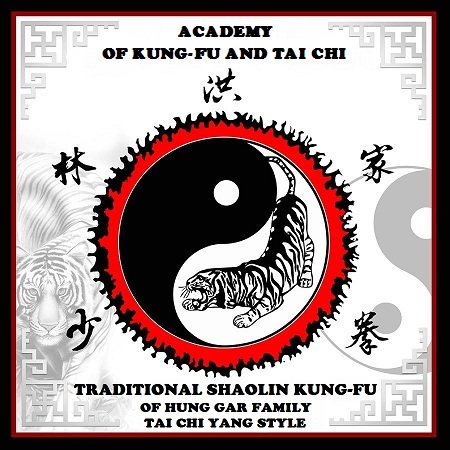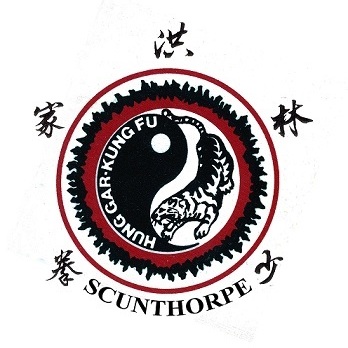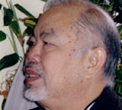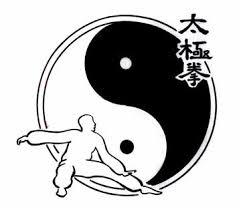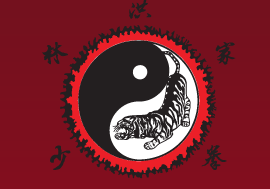
SCUNTHORPE ASSOCIATION
OF KUNG-FU & TAI-CHI
TRADITIONAL SHAOLIN KUNG-FU
OF HUNG GAR FAMILY
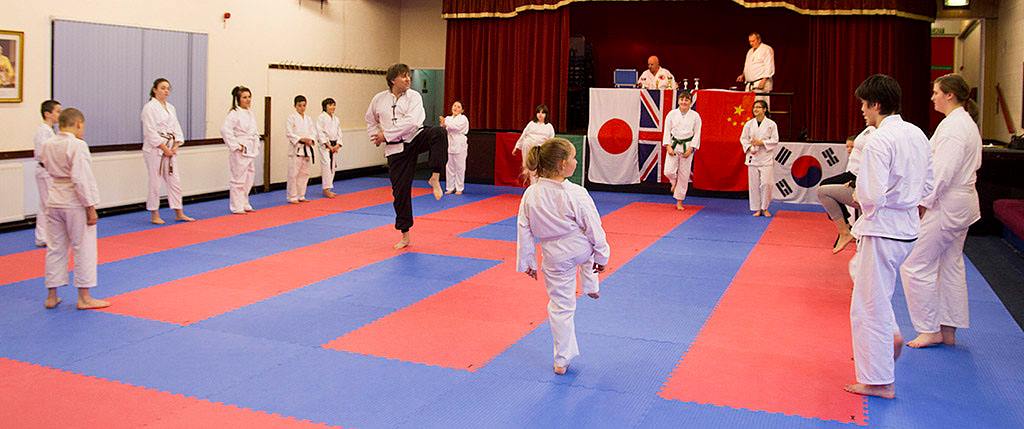

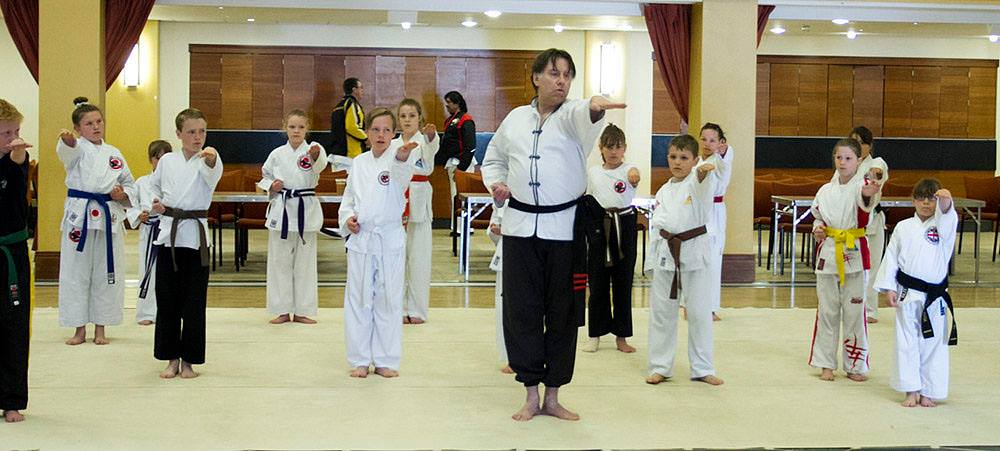
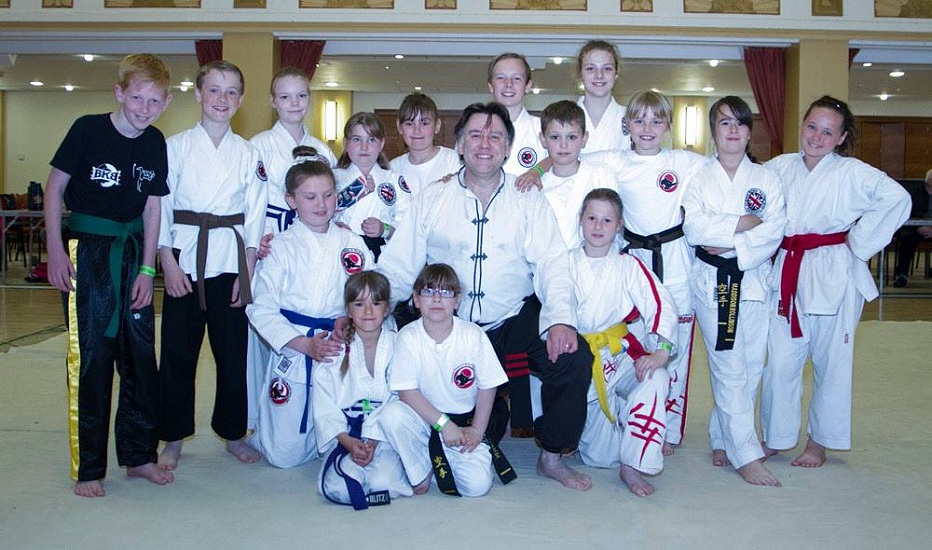
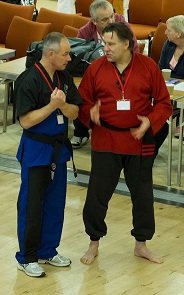
The various stylish of Tai Chi Chuan
The style Yang :
(Also called "Tai chia": Big structure).
This style is the most wide-spread, it is moreover this one that we practise. The movements are supple and continuous, arises from the school Chen and is the most popular in West. It is necessary to distinguish the Yang school
(where even the official practice of the family Yang) of the lineage Yang, which includes miscellaneous other schools individually (in particular the style Wu). The style
Yang lowers of legendary Yang Lu Chan (Yang the invincible) which brought the tai chi chuan in the light of the big day when it taught to the nobility Manchu, towards the
end of the nineteenth century. It is especially thanks to his grandson Yang Chen-Fu, that we saw developing the Yang school. The practice is less gymnastic than in the school Chen, the more quiet movements.
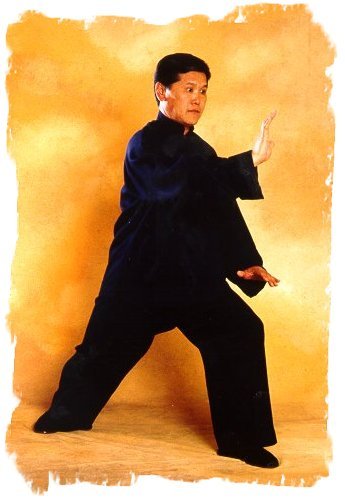
History: it is during the reign of Ch´ien Lung ( 1735-1795 ), the fourth emperor of the dynasty Ch´ing that we live to operate Wang Tsung Yueh, one most great masters of Tai chi chuan whose name we passed on to us... In the first decades of the XIXth century, the Tai chi chuan was taught only to some studians by the members of the family Chen which lived in a village of Ho Nan province. Because member of the family Chen did not accept foreigners among their studians, Yang Lu Chang turned to a stratagem being started work as domestic in this family. He spied on his lessons for a long time, to train then in secret during the night. The Master finally discovered him but, amazed by the skill shown by the young and used trickery domestic, he decided to accept him among his studians. Yang Lu Chang became in a short time the best of them and, according to the legend, was invincible. He settled down then in Beijing where he opened a school and began to teach his art. His style had fewer variations of speed than that of his masters..
The practice of Yang Style, Tung Family is based on: the slow form, two types of fast forms: of which one, specially developed by the family Tung named "Familly Set". Practices for two are also asked: Tuishou (push hands), Sanshou (sequences of movements codified with bare hands for two). We also practise weapons: traighswords, boardswords, sticks, long poles....


The style Chen :
(Also called "Tai chia": Old structure).
The style Chen is the oldest styles in t'ai chi ch'uan. According to the searches, we indeed consider that the style Chen is at the origin of Taiji style yang, The Taiji style Wu is a descendant of the Yang and the Taiji style Sun is a descendant of the Yang and the Chen. This school, which is the closest to traditional techniques of defense, is very present in China, contrary to the West where it is still little know. The movements combine(organize) an explosive strength which comes from the inside and which reminds the thunder, in an extremely fluid, supple and unsettled.
History : The Taiji Quan style Chen is native of Chenjiagou, a small Chinese village from the district of Wen Xian. It would have been created by master of martial arts Chen Wang ting (on 1600 - 1680), which associated with its boxing the principles took of from Yi Jing (the book of the changes),of the meridians theory, of Dao Yin (long life art) and of Tu Na ( respiratory work). So, he conceived a sequence of movements characterized by movements combining an explosive strength which comes from the inside and an extremely fluid, supple and changing style. For 300 years, this art, which was at first family, afterward propagated.
The practice of the style Chen is based on the work of two sequences of movements with bare hands Lao Jia Yi Lu (74 movements) and Lao Jia Er Lu (or Pao Chui), Tuishou (push hands), weapons (straight sword or tai chi sword, boardsword, spear, long spear, halberd). However the contemporary great master Chen Zheng Lei worked out a from of 18 movements which synthesizes a set of techniques, allowing the beginner to begin a thorough work.


The style Sun :
(Also called "Huo Pu Chia" The lively steps structure).
History: The style Sun was created by Sun Lutang, one most great masters of Taoist Chinese martial arts. His Taiji is the outcome of all these researches as well as for the spiritual point of view as for the martial point of view. The Taiji of Sun is the synthesis of all the martial arts which master studied during its life. Besides Taiji, Sun Lutang created its own style of Xing Yi Quan and Baguazhang, two styles of internal martial arts in the same way as Taiji Quan.
The practice of the style Sun is probably the most internal kung fu, that is why it is of a very difficult approach. The gestures are flexible but little exteriorize because it is the control of the internal energy which dominates in this discipline. Taiji of Sun requires to understand the fundamental concepts of Tao. Concepts which acquire themselves essentially by the practice as many Chinese disciplines.


The style Wu Yu :
(Also called "Hsiao Chia" Small structure).
It is also little known in West. Wu Jian Quan (1870-1942), his creator, taught the technique to the Military academy, then at primary school educational physical of Beijing.
History: Yang Lu Chan had three sons who taught the Tai chi chuan: Yang Ban Hou, Yang Feng Hou and Yang Jian Hou, most of the schools Yang going back to Yang Jian Hou, which changed the from with bare hands and had his son as main studian, Yang Cheng Fu. Between the studians of Yang Ban Hou, mostly serviceman, was a certain Quan Yu (who the surname was Wu). He taught to his son, Wu Jin Chuan, founder of the school Wu. Wu Jin Chuan taught in several big cities (Beijing, Shanghai, Hong-Kong) and had a large number of studians, where from the popularity of the school - one of the main lineages. The father of Wu Jin Chuan, Wu Quan Yu (most of the time we don't use his surname in the genealogies) taught to others as well as his son. So, we sometimes speak about a school Wu of the North: Beijing instead of Shanghai.
The practice of the style Wu Yu of the North presents interesting differences with schools Wu (of the South) and Yang - the postures are especially more demanding . Otherwise, the practice of the school Wu looks like the school Yang a lot, according to the styles and masters. His program of training contains tighter movements and requires to adopt an oblique angle whereas the style Chen and Yang are practised with the straight body.

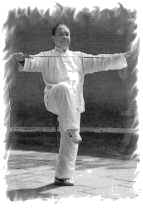
The style Wu Chien :
(Also called "Hsiao Chia" Small structure).
History: This style was was established by Wu Yuxiang (1812-1880), companion of Yang Luchan. This Tai Chi Chuan´s connection was diffused and popularized by Hao Weizhen ( 1849-1920 ), a studian of Wu Yuxiang.
The practice of the style Wu Chien That differs by forwards oblique postures and movements of medium scale.
